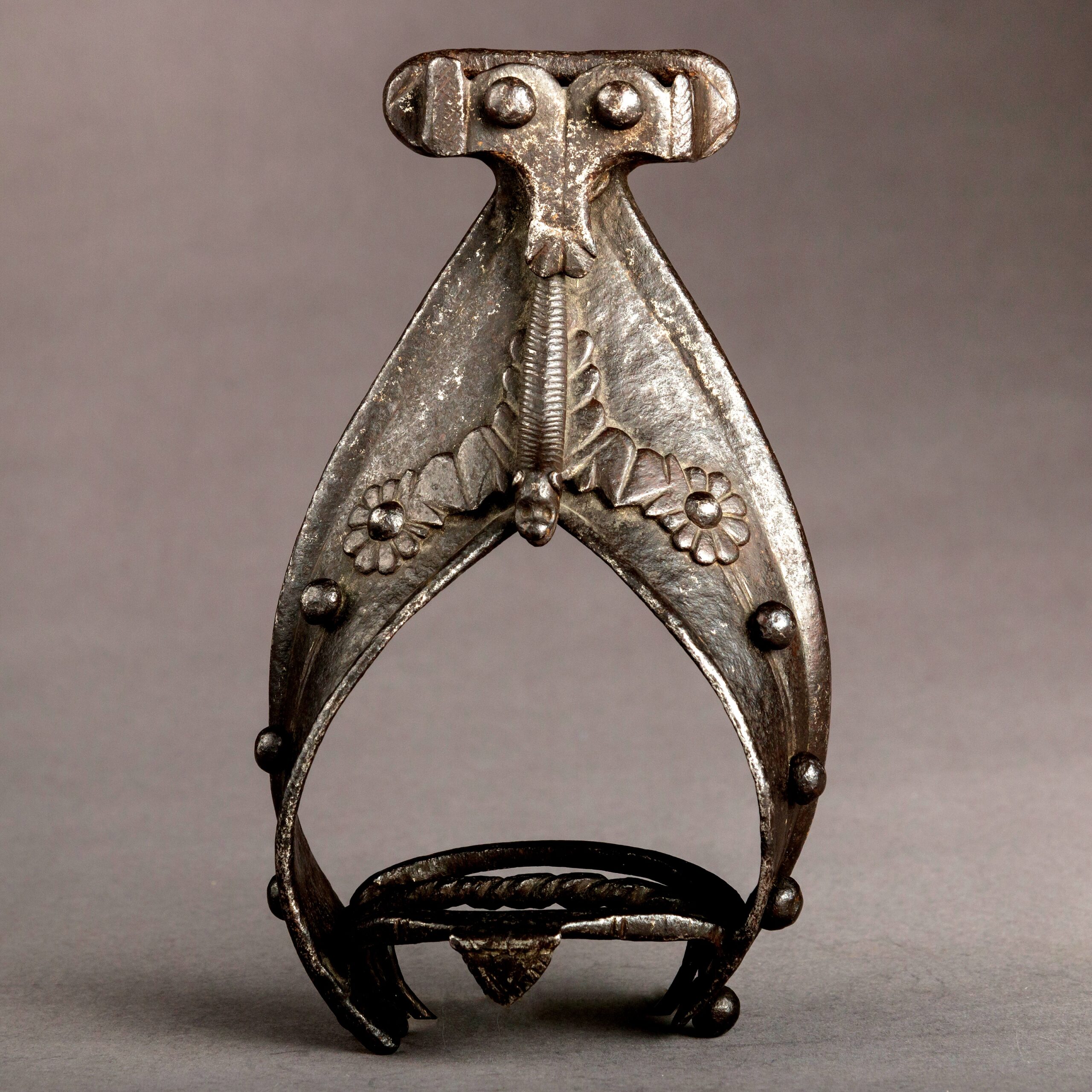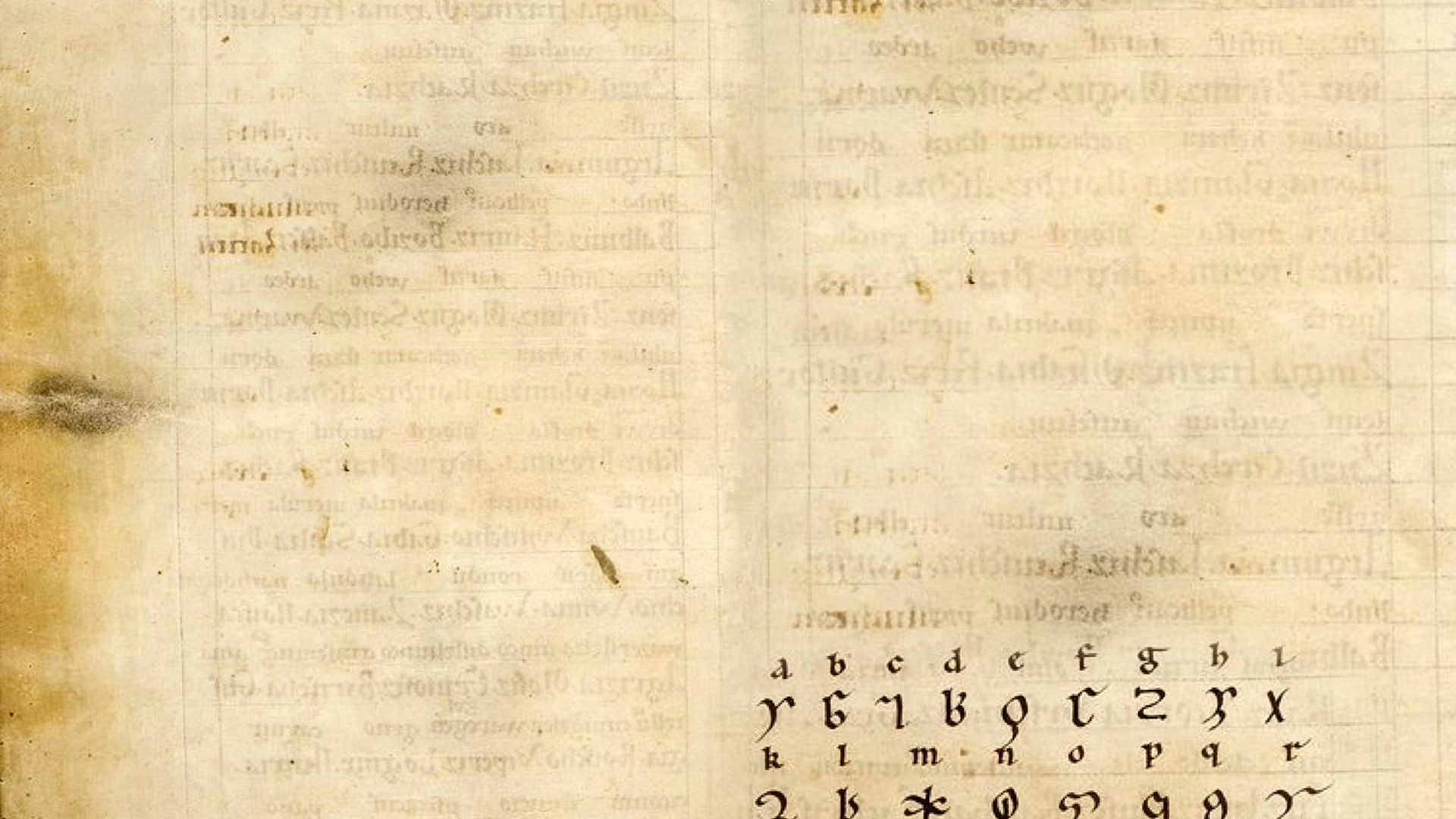
How to change the world? Invent something, something important. Look at the stirrup: a metal rounded triangle you can attach to a saddle as a place to put your feet. Very simple, basic, but it is one of those culturally transformative technologies like the wheel and the printing press that changed everything about how people live and think and believe.
Why? You can ride a horse without a stirrup, yes, but you must work to maintain your balance or one good jostle and you will fall. You’ll want a bit of leverage to hold yourself on, especially when your intentions are warlike. Have you ever tried to shoot an arrow or drive a spear into somebody from horseback? You’ll need something stabilizing to push against or you will go flying. The right saddle can be everything, and innovations were made in this direction to solve the same problem. But with a stirrup, you and the force of your moving horse can deliver a massive blow to whatever target you want. The stirrup makes it possible for you to brace for a much bigger impact than ever before: you stay put and your enemy takes a massive hit.
The stirrup came to the people of the Rune Poem from its beginnings in China where the oldest one ever found was dug up from a grave dating to the early 4th century. The nomadic horse people of central Asia used the stirrup to conquer their way west, their method was arrows shot while standing in the stirrups on fast horses using a very effective hit and run and hit again strategy. Europe got their hands on the stirrup via trade with the Byzantine empire. It went to Scandinavia first, and as we know, Scandinavia went to Britain.
There is a controversial idea that the stirrup created European feudalism. Using a nice stabilizing stirrup meant a person could fight with a heavier weapon in battle. Because the enemy has stirrups too, you will also need heavier armor to protect yourself from more powerful blows. This is a lot of extra weight for your horse. Poor thing won’t be able to handle it. So you’ll need to breed bigger horses for war. Expensive ones too, they cost as much as 12 cows, and cows themselves aren’t cheap. Cows are money. You’ll have to keep your smaller horse, you can’t sell it. While the big horses are brutes in battle, they are deeply uncomfortable to ride for long distances. These are extra horses not replacements, so you’ll need more feed. Much more. The big ones eat about twenty pounds of fodder per day, more than you can grow yourself, not with most of your acreage going to feeding your family and the animals you already have. You’ll need more land. You’ll need more stabling too, and people to take care of the horses. This takes cash. There are some real costs here, plus you’ll need some help. Who wants to help you? The people who can’t afford the big horses and who are getting raided by enemy warriors with their own stirrups and big weapons. That’s who. You need their help and they need yours.
Maybe the stirrup did get the snowball rolling for a power structure in which the wealthy had to hold greater tracts of land, requiring more of the population to work it for them in exchange for a share of the produce and necessary military protection. Is the stirrup the only reason why Europe developed feudalism? Perhaps feudalism was coming regardless. It seems clear, at least among the Baltic and North Sea coastal peoples, how the reciprocal trade of goods and services already occurring amongst them could adapt quite naturally to include the higher costs of maintaining a shock combat force for protection. If that means the rich get richer, well, that’s what always happens.


